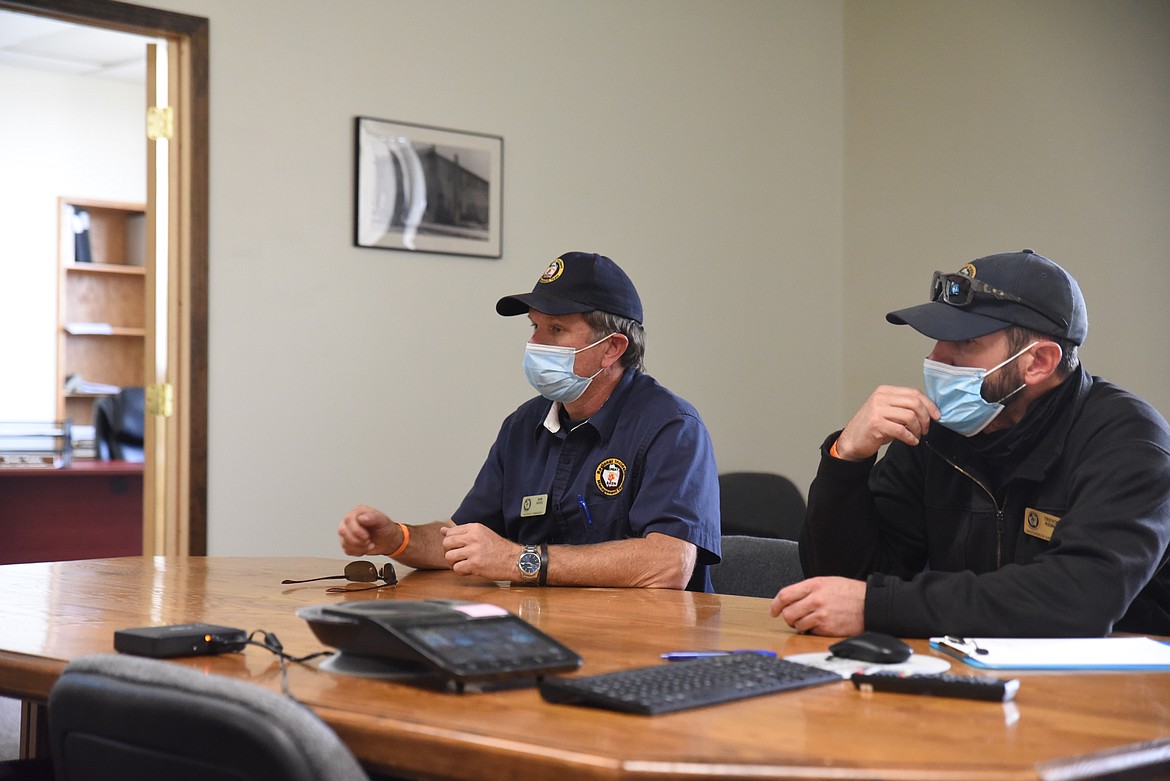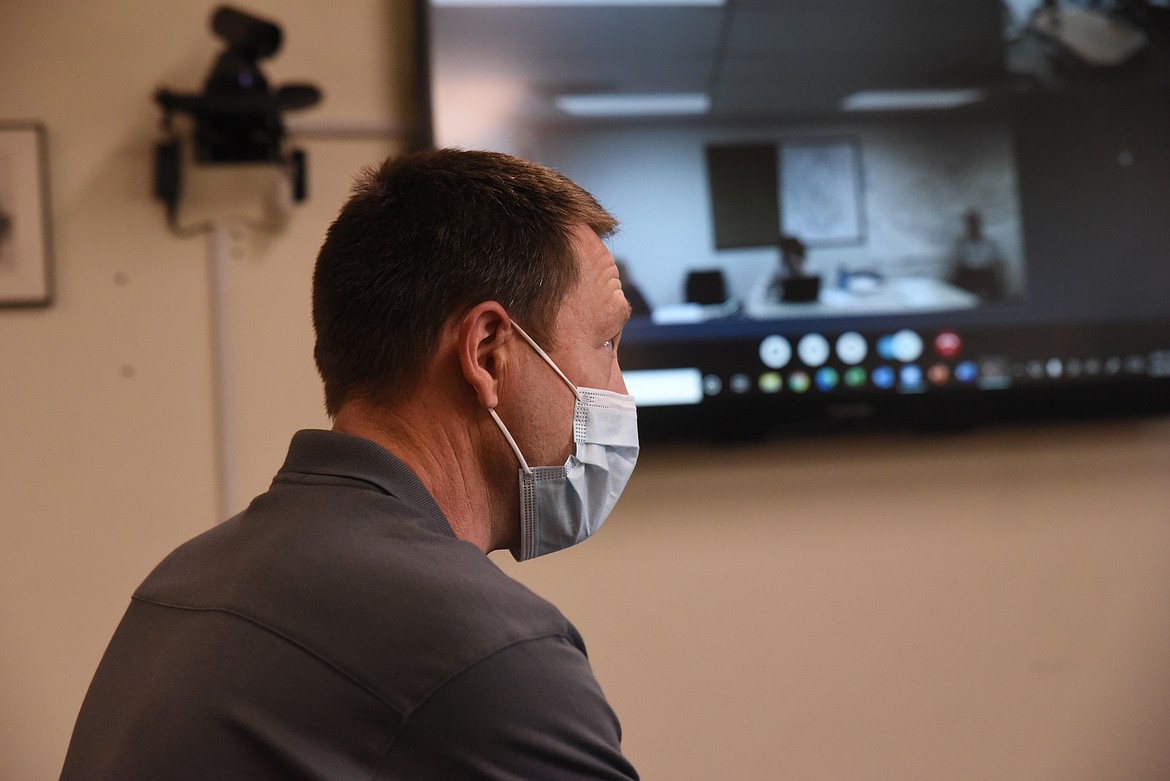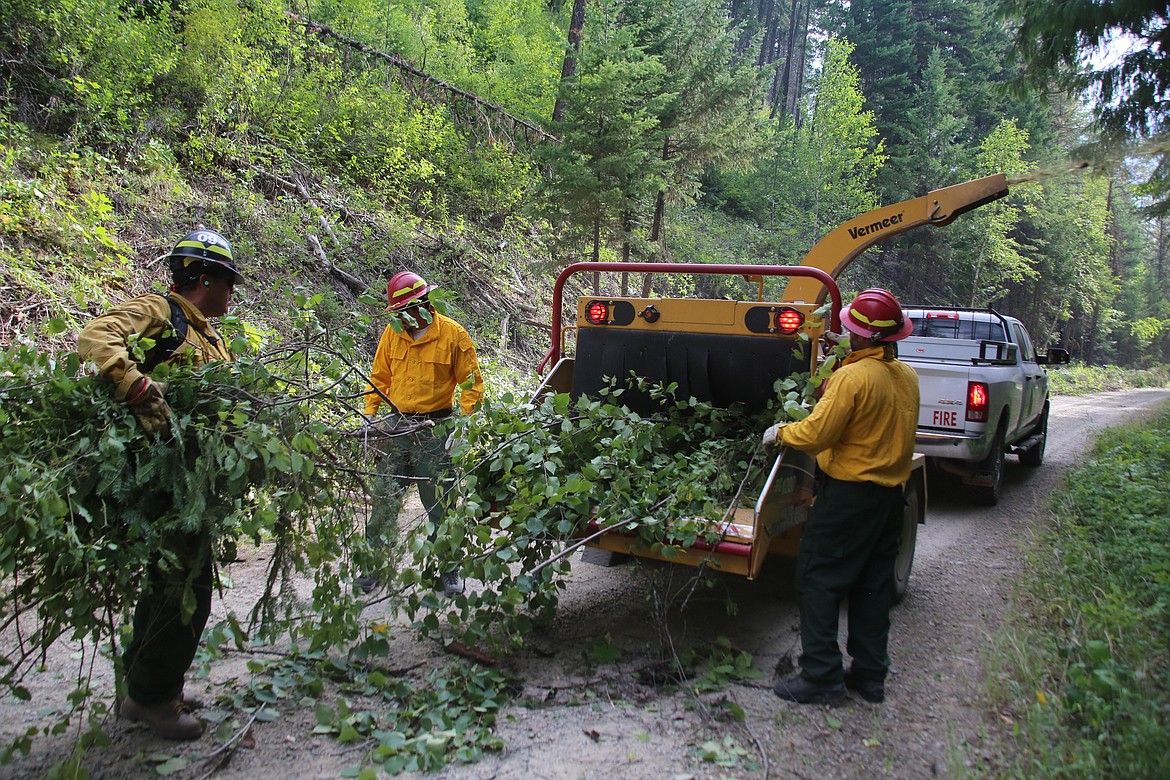Lincoln County competing with other locales for wildfire resources
Officials with the team overseeing the Burnt Peak and South Yaak fires pushed back on rumors that crews were slow walking firefighting efforts earlier this week.
“There was a rumor going around that the teams, the fire teams, are milking the fire,” said Sam Hicks of the Great Basin Incident Management Team No...
Become a Subscriber!
You have read all of your free articles this month. Select a plan below to start your subscription today.
Already a subscriber? Login





